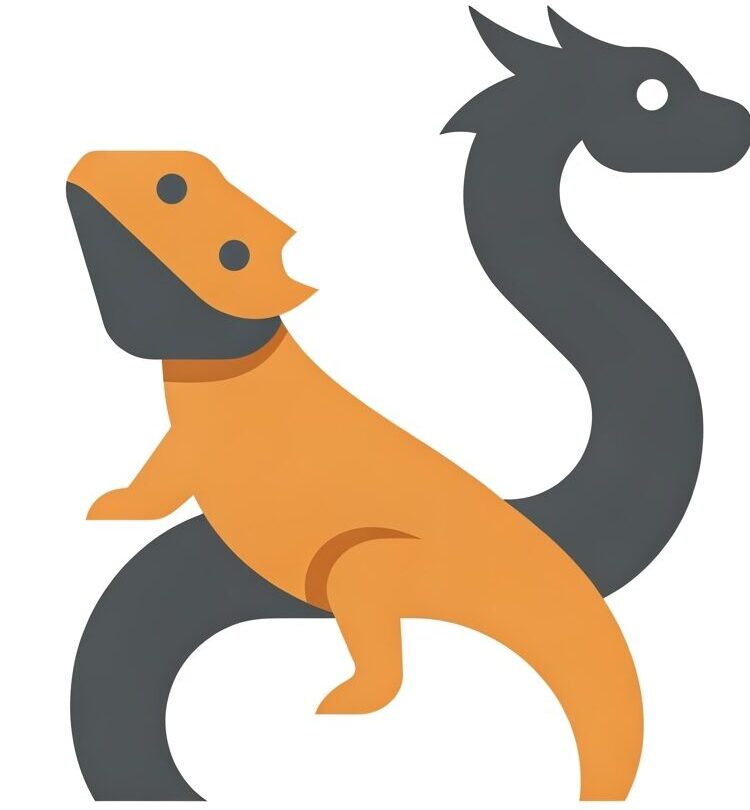Can Leopard Gecko Safely Eat Waxworms? A Complete Guide
Leopard Geckos require a carefully balanced diet to thrive in captivity. This article aims to clarify whether waxworms are a safe and appropriate food option for your Leopard Gecko.
The Short Answer (Is Waxworms Safe?)
Yes, waxworms are safe for Leopard Geckos to eat, but only as an occasional treat. They are high in fat and low in essential nutrients, making them unsuitable as a staple food source.
Nutritional Value / Potential Risks
Waxworms are primarily composed of fat, offering minimal nutritional benefit to your Leopard Gecko. While they do contain some protein, the high fat content far outweighs any potential advantages. A diet consisting primarily of waxworms can lead to:
- Obesity: Leopard Geckos are prone to obesity, and the high fat content of waxworms significantly increases this risk.
- Nutritional Deficiencies: Waxworms lack essential vitamins and minerals, particularly calcium, which is crucial for bone health in Leopard Geckos. A calcium deficiency can lead to Metabolic Bone Disease (MBD), a serious and often fatal condition.
- Addiction: Leopard Geckos often find waxworms highly palatable, and they may refuse other, more nutritious foods if given waxworms too frequently. This “waxworm addiction” can make it difficult to provide a balanced diet.
- Impaction: While less of a risk than with some other insects, excessive waxworm consumption could contribute to impaction, especially if the gecko is dehydrated.
The calcium-to-phosphorus ratio in waxworms is also unbalanced, further contributing to the risk of MBD. They are deficient in calcium and relatively high in phosphorus, hindering calcium absorption.
How to Feed (If Applicable):
Because waxworms are a treat food, offer them sparingly. Here’s how:
- Frequency: Offer waxworms no more than once or twice a week, and only a few worms at a time. For adult geckos, 2-3 waxworms is an adequate treat portion. For juveniles, limit it to 1-2.
- Gut-Loading (Optional): Although waxworms are not a primary food, gut-loading them for a short period before feeding can slightly improve their nutritional value. Feed them a high-quality gut-loading diet (available at pet stores) for 24 hours before offering them to your gecko.
- Dusting: Always dust waxworms with a calcium and vitamin D3 supplement before feeding them to your gecko. This will help to offset the poor calcium-to-phosphorus ratio and provide essential vitamins.
- Offering: Offer the waxworms using feeding tongs or place them in a shallow dish. Observe your gecko to ensure it consumes the worms without difficulty.
Important Considerations / Warnings
- Variety is Key: A healthy Leopard Gecko diet should consist primarily of staple insects like crickets, dubia roaches, and mealworms. Waxworms should only be a small part of a varied diet.
- Watch for Weight Gain: Monitor your gecko’s weight and body condition closely. If you notice any signs of weight gain, reduce or eliminate waxworms from its diet.
- Supplements are Essential: Always supplement your gecko’s diet with calcium and vitamin D3 to prevent nutritional deficiencies.
- Consult a Veterinarian: If you have any concerns about your gecko’s diet or health, consult with a reptile veterinarian.
Conclusion
While Leopard Geckos can eat waxworms, they should only be offered as an occasional treat due to their high fat content and low nutritional value. Prioritize a balanced diet of staple insects and appropriate supplementation to ensure your Leopard Gecko remains healthy and thrives.
